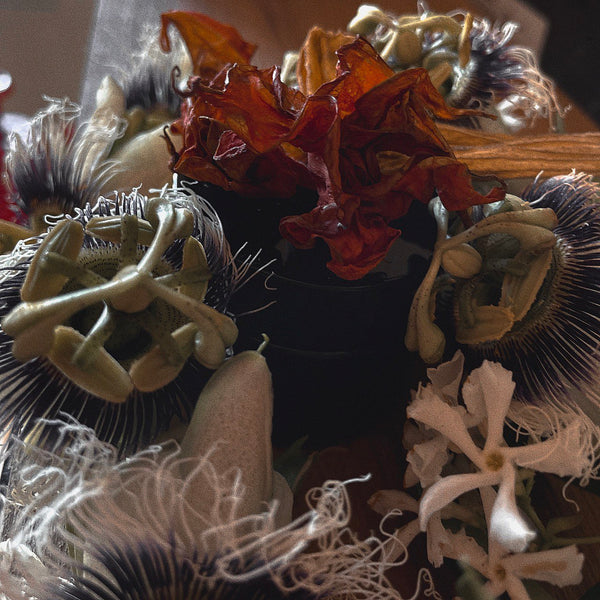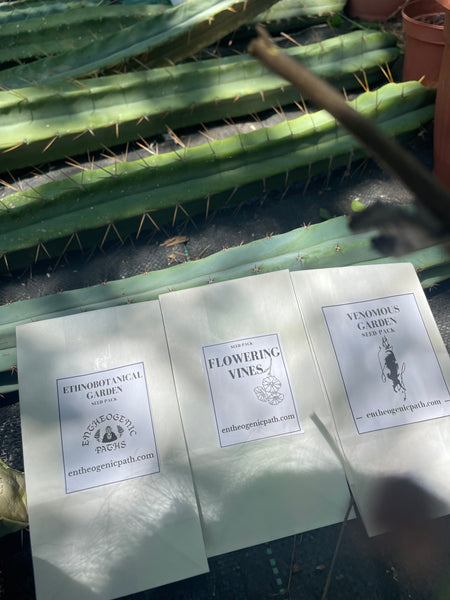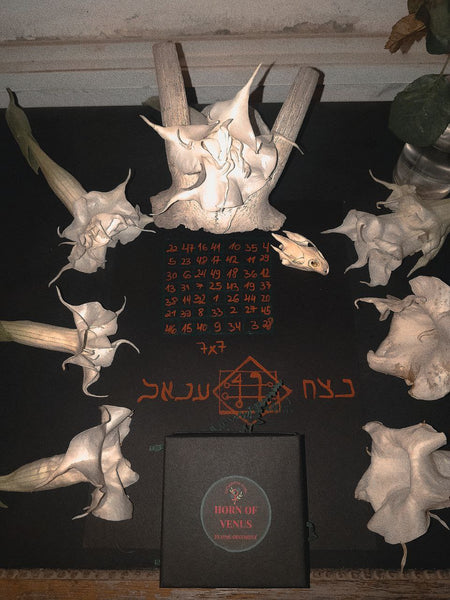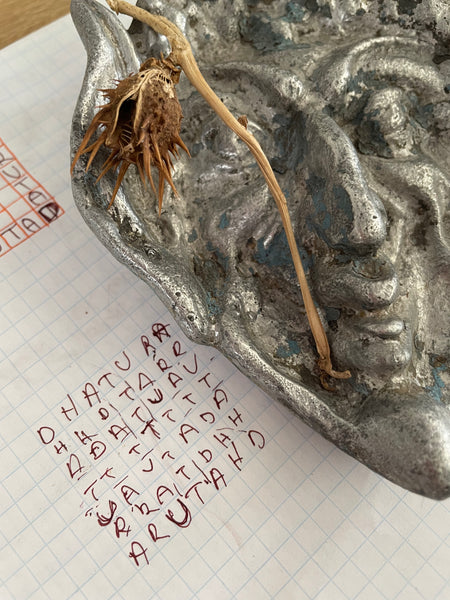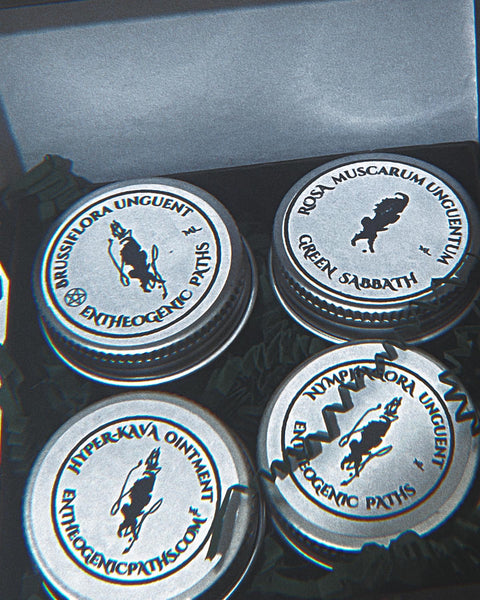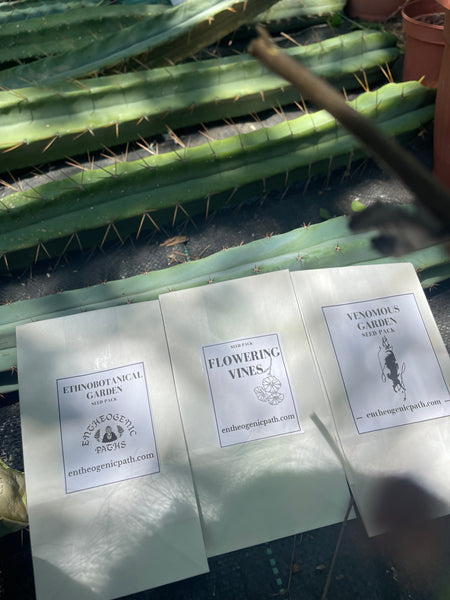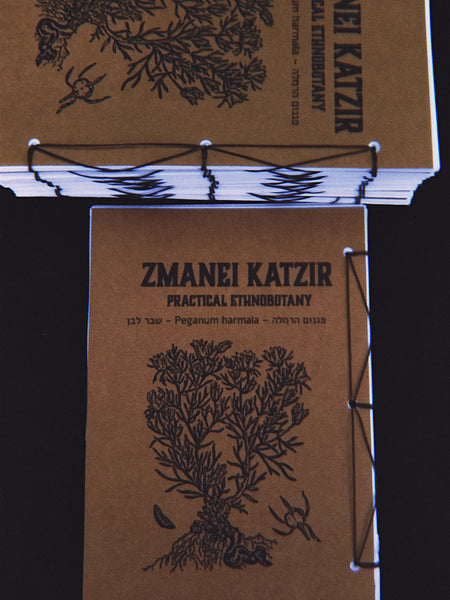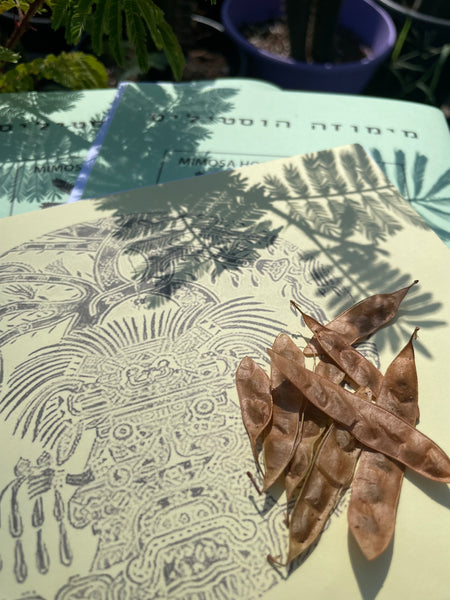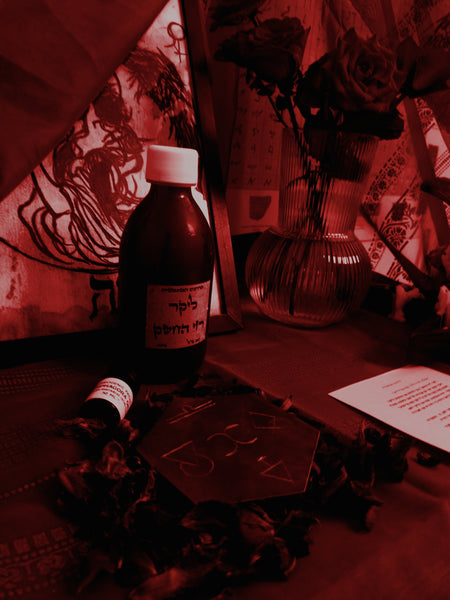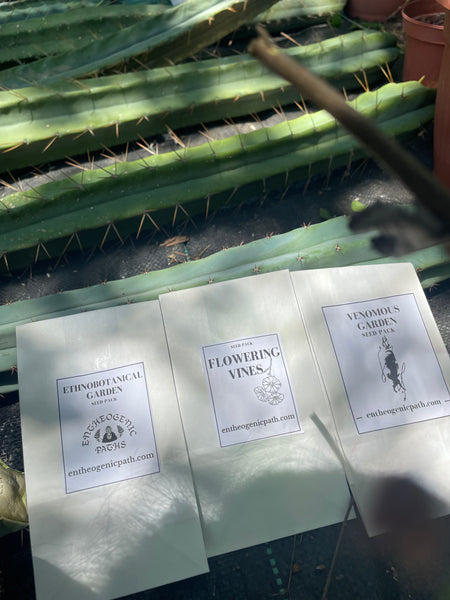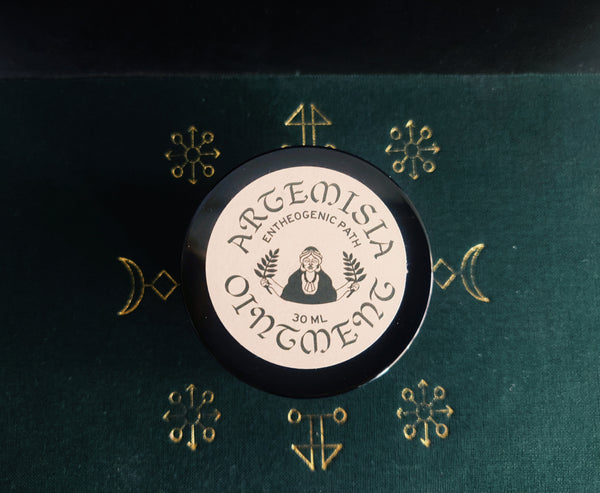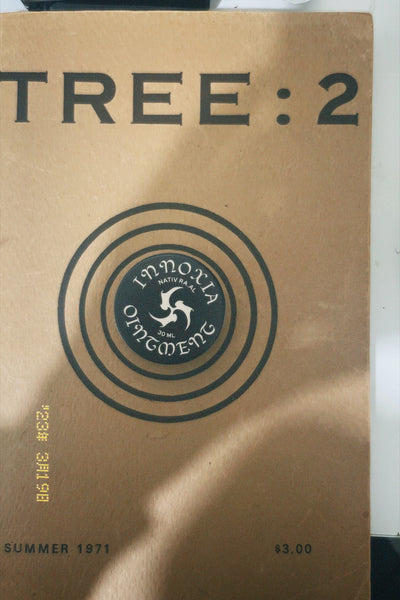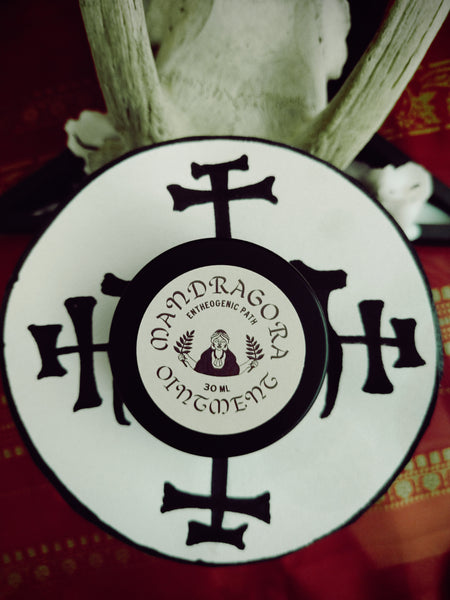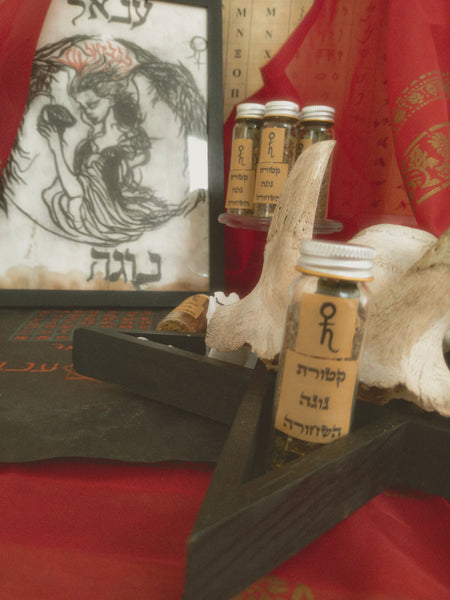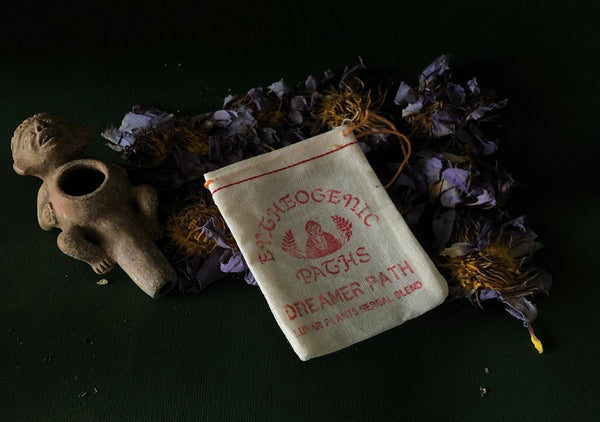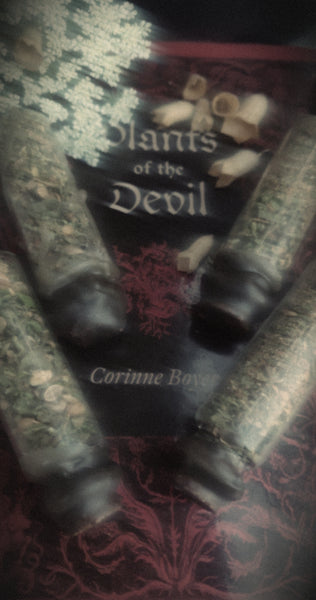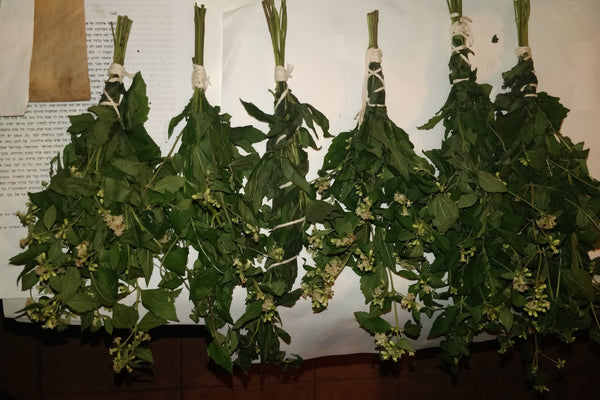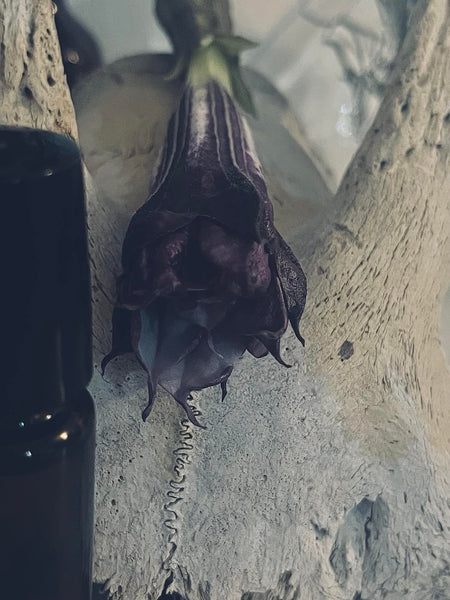
Wizard's Technology:
Posted by entheogenic paths on
.
Which brings me the greatest relief,
Even more than the recovery of physical sensations, which I hardly managed to do,
would make my hand beat a rhythm on the wooden dresser next to my bed.
-Henri Michaud
.
The explorer of the 'unknown spaces' treads a path of danger. We are all too familiar with the dangers of the airline.
In the quote, Henri Michaud finds relief in the pace. It creates a calm and stable 'rhythm'.
"Rhythm is communication that is miles long, coordination between heterogeneous space-times, rhythm connects critical moments."
.
Rhythm as a ritual, as a chant, as a way of continuity is the sorcerer's technology.
The shaman of the Iliad, the sorcerer of Deleuze and Guattari, the ghost of Castaneda are all generals in the battle lines, in all kinds of procedures and processes.
The oldest service that the shaman provides is locating and rescuing lost souls. In this arrangement, the shaman must reconstruct the flight path of the lost soul through 'empathic imagination', once found, it is called back to its owner and reintegrated into its body.
In Henry Moon's study of the Mazatec-shamanic tradition, he describes the search for a lost soul.
The shaman explains:
"Under the influence of the mushrooms, they whistle to the lost spirit through the space, since the spirit in the land is alien, but with the help of the mushrooms, you can call it with a whistle."
"The whistling is like a breath of the wind, a whistling like the birdsong: the song is like a rough sketch, soothing and stabilizing, calm and stable, centered in the heart of chaos." As with Carlos during the episode with the little smoke, the frightened spirit must be appeased and put to sleep with a rhythm, with a soft song.
.
This bird-like singing not only calls the spirit, but also re-stores it. The role of the chorus has been emphasized more than once: it is territorial, a territorial complex. The bird sings to mark its territory. Through whistling and singing, the lost soul is found and re-demarcated to its owner. The mechanics of finding souls, and of the mushroom ceremony in general, is rhythmic.
.
During the ritual ingestion of the sacred mushroom, the Mazatki shaman coordinates the experience of all present through rhythm and melody - the shaman whispers spells.
Not according to any logical order, but through inconsistency and coordination, the shaman sets a field of boundaries for the experiences of the participants by producing a rhythm that ties the "critical moments" of each sentence to the complete chant, for group continuity. Through the technology of rhythm and chant the shaman enters and navigates ecstatic states. It's a tool to make travel productive and a way to manage the potential hazards of their flight routes.
.
In fact, in relation to such dangers, the character of Don Juan presents the chant as the initiation technique of Carlos whose main purpose is to learn how to defeat the first enemy of the man of knowledge - fear. As Don Juan tells us, there are only two responses to fear: one retreats into rational interpretation and the other confronts and uses the techniques of a sorcerer - chant and rhythm.
Carlos is met and trained in the techniques of a sorcerer through several methods. The most immediate and clear example of a repeated chant in the book "Mishnatu..", is the ritual preparation of psychoactive substances.
Superficially, the ritual preparations seek to root the psychotropic experience: the mind is cleansed, the will is solidified, and the apprentice makes sure that he is on the 'path with the heart'.
.
The rhythm and the repeated chorus:
Of the three psychoactive substances in the book 'Mishnato', the preparation of the datura is the most rigorous. For ceremonial preparation, consider planting and nurturing the datura plant:
"Go out and find a place where you can replant the root cutting..."
"...choose a spot about two steps from cutting the root...dig another hole there..." (pp. 49-50).
.
"You must always remember in which direction you buried the glue and in which direction you turn the cutting. Touch the cutting lightly with the thorn each time except for the last, where you will poke it hard. But do it carefully, kneel down so that your hand is more stable, because you must not break the thorn inside the root cutting. If you break it, you are eliminated. You will not be able to make any use of the cutting."
.
A similar thing happens with the ritual collection of peyote.
In this ceremony, the plant is endowed with qualities and is made into an expression: Peyote is a masculito - a male protector and teacher.
He will teach Carlos "if he wants". In Mescalito's abode, the spirit obeys its laws:
"There is a territory when the rhythm has expressiveness. What defines the territory is the emergence of matters of expression (qualities)."
While the spirit initiates this contact, strangely enough, the plant is endowed with its own 'intention'.
"My real job was not to let the bags touch the ground, because if I did, Mescalito would never let me take him again."
An important feature of the sorcerer's use of the chant during preparation is that the qualities of the plants of power (and the states they evoke) include the negative or dangerous aspects of their chemical constitution.
In this case, Mescalito is a teacher and guide, but he also comes across as powerful and dangerous. To this end, the ritual produces its capacity for expression and territory (our abode) as the 'source of holy terror', one must enter and leave it with holy fear and silence. The mescalito must be properly removed and rearranged for the sorcerer's use.
Such preparatory rituals are an extremely complex means of manipulating the setting of the psychotropic experience.
.
On the one hand, this "preparation" of mescalito anticipates the positive value or expressivity of the psychotropic experience, and at the same time limits, manages, and delimits the danger of the impending being.
However, and perhaps in a more profound way, this ritual preparation defines the potential of experiencing around the problem or the separation of two attractors - one positive and the other negative, the chant conveys this spectrum and allows the expression of the problem aya "Maskalito".
.
Any psychotropic experience and/or shamanic flight requires this with the same careful attention, since "a mistake in speed, rhythm or harmony will be catastrophic because it will bring back "the forces of chaos, which destroys both the Creator and the creation."
After his second experience with Datura and the oracle lizards, Carlos asks Don Juan what would happen if the lizard on his shoulder (the one that speaks, the singer of the chorus) dies:
"If the lizard died while it was on your shoulder, after you started the wizardry, you would still be required to continue it. And it really could have been madness."
"Why could it have been madness?"
- "Because in such conditions nothing makes sense. You are alone without a guide, seeing scary, nonsensical things."...
"Do you know anyone who has ever experienced this?" Carlos asks...
- "Yes, me. I went crazy without the wisdom of lizards."
.
In preparation for the Datura meeting, the second lizard manifests itself as a guide:
It is divided territorially to express the chorus of aviation—the means by which its critical moments will be bound together. It was part of the preparation. Sew the eyes to one of the lizards and the mouth to the other. When the one with the sewn mouth passes the chorus of Carlos's question to the one with her eyes sewn up, she in turn whispers into Carlos's ears (or rather into his forehead) what the other lizard sees. If the lizard had died during the experience, the means to organize the chaos would have been lost and the result would have been madness - the flight path would have led to destruction: the life forms are open to chaos, which threatens them with exhaustion or penetration.
What chaos and rhythm have in common is the confusion between two words, between rhythm and chaos, perhaps also between rhythm and sequence... In this medium, chaos becomes rhythm, which cannot be separated, but has the opportunity to do so.
.
Thus, ritual preparation—and especially don Juan's descriptions of what Carlos will experience during each meeting—serves two purposes:
On the one hand, it is another means of controlling and achieving transcendence of the student through the invalid prediction or more correctly, programming in the zero state of the experience. On the other hand, the pre-programming for each meeting, the expectation of the experience in an expressive way, is necessary for the organization of the experience so that it is effective.
The technique of ecstasy or the means to achieve control of shamanic flight, is chanting.
Through the rhythm, the cosmos (the scene of creation to which the flight line leads [also known as the peak of experience)] becomes expressive. Without these tools of production, of connecting the critical moments of 'consistency or logical fit', the sorcerer would be at the mercy of the chaos that accompanies the collapse of consciousness:
We could find ourselves completely disconnected, racing down the ruts of space that goes on indefinitely. Infinite flight line.
The ongoing technological aspect of shamanic initiations is the instillation of ritual and chanting as a means of managing the psychotropic or ecstatic experience.
.
post Scriptum:
There is something improbably stiff about Carlos.
Critics have variously described his panicked rationalism as a fictional device, a strange reality, or even a symbol of a "frozen bourgeois reality". To read Castaneda as something other than an anthropological fraud is to suspend our drive for verification, to disrupt the regime of meanings.
Positively, it means to travel choasmotic. The middle of the 'as if true', 'as if false'. But this summary at the beginning of chapters in the book "Mishnato" offers a new resonance: Castaneda's text offers an invitation, a challenge to the reader. He offers an apprenticeship. Oddly enough, if the reader proves to be able to fly or may avoid clinging to Carlos' doubts.
With each additional publication, academic and public willingness to accept Don Juan's authenticity diminished, but the best way to read Castaneda was never an anthropological fact. When reading these books, you should remember the formula with which every traditional Sudanese folk tale begins:
"I'm going to tell a story," the narrator announces.
"Right!" The audience joins in.
"He is false," warns the narrator.
"Right!" The answer is coming.
"But not everything in it is false," he claims.
"Right!" the listeners echoed.
.
*There is no recommendation for anything in the text
Share this post
- 0 comment
- Tags: נתיב הרעל, צמחי רעל, רוחות הצמחים



